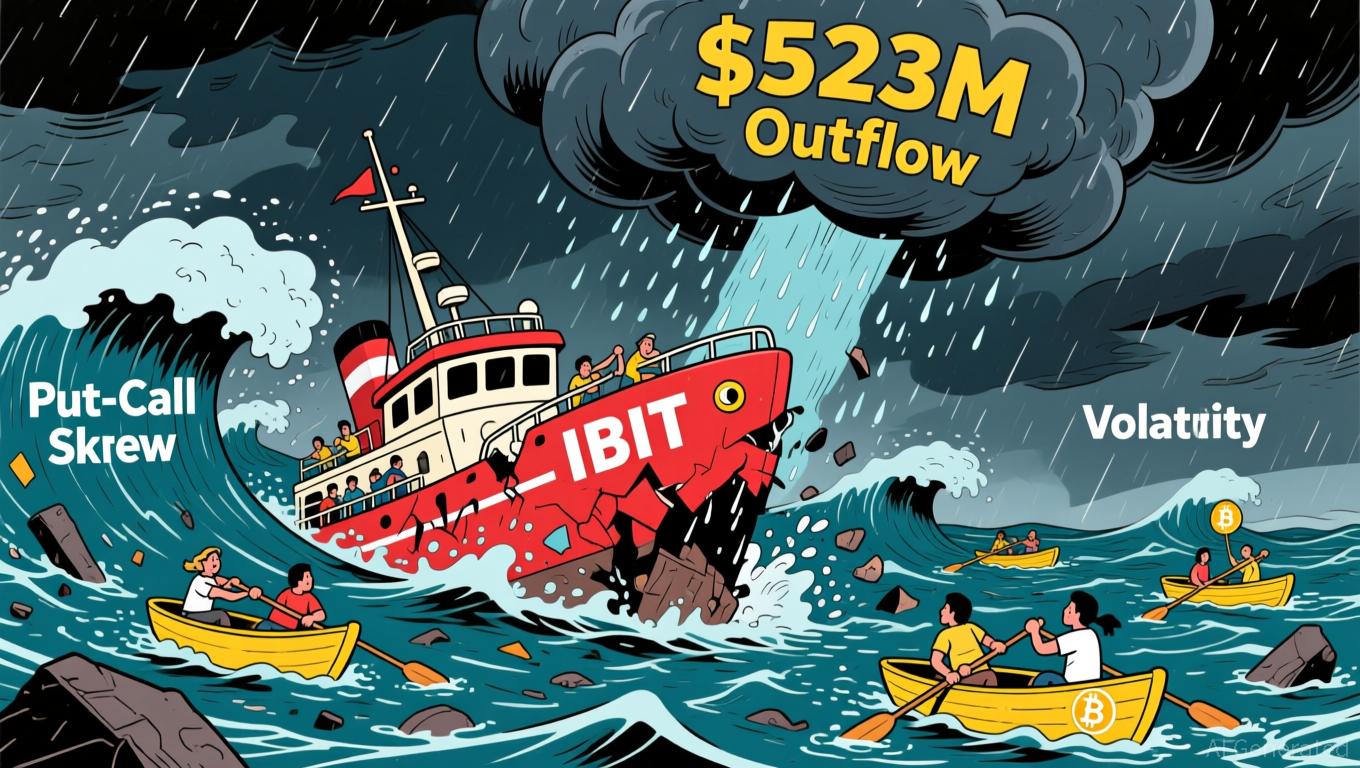- Ethereum’s Fusaka upgrade rolls out on December 3.
- It improves both Layer 1 and Layer 2 scalability.
- No jargon—just clear, simple explanations.
Fusaka Fork: Ethereum’s Next Big Move on December 3
Ethereum is getting a major upgrade on December 3, called the Fusaka fork, and it’s set to improve how the network handles both Layer 1 (L1) and Layer 2 (L2) activity. But unlike most crypto updates packed with buzzwords and technical jargon, we’re here to break it down simply—no developer dictionary required.
At its core, the Fusaka upgrade is about making Ethereum faster, more efficient, and cheaper to use—not just for developers, but for everyday users, apps, and even games built on the network.
What Is Fusaka Actually Changing?
Let’s start with the big picture: Fusaka introduces tools that help Ethereum scale without losing security. Think of it as upgrading the roads and highways (L1 and L2) so traffic flows better, no matter how many cars (transactions) are on them.
Two key changes in Fusaka are:
- PeerDAS (Peer Data Availability Sampling):
Imagine Ethereum apps storing and sharing files. PeerDAS is like giving them a way to check if pieces of a file are available across many computers—without each node having to download everything. It makes Layer 2 rollups (those faster side networks like Arbitrum or Optimism) more reliable and scalable. - Precompiles:
These are like pre-installed apps on your phone—code that’s built into Ethereum to make certain tasks way faster. Fusaka adds new precompiles to help with cryptography and data verification, which improves efficiency for developers and apps alike.
Together, these upgrades reduce congestion, lower fees, and support bigger, more complex applications across the Ethereum ecosystem.
Why the Fusaka Fork Matters
If you’ve ever been frustrated by high gas fees or slow Ethereum transactions, Fusaka is Ethereum’s answer to those issues. It helps Layer 1 (the main Ethereum chain) handle data better and lets Layer 2s scale with more confidence and speed.
And the best part? You don’t need to do anything. The update will happen automatically for users. But for the Ethereum ecosystem as a whole, it’s a key step toward making the network ready for mass adoption—without compromising decentralization or security.
Read Also:
- Ethereum’s Fusaka Upgrade: What You Need to Know
- New Hampshire Approves $100M Bitcoin-Backed Bond
- Trader Opens $1.66M NVDA Long on Hyperliquid
- Trump Says He’s Picked Powell’s Fed Chair Replacement
- Basel Rethinks Crypto Rules Amid Stablecoin Surge



